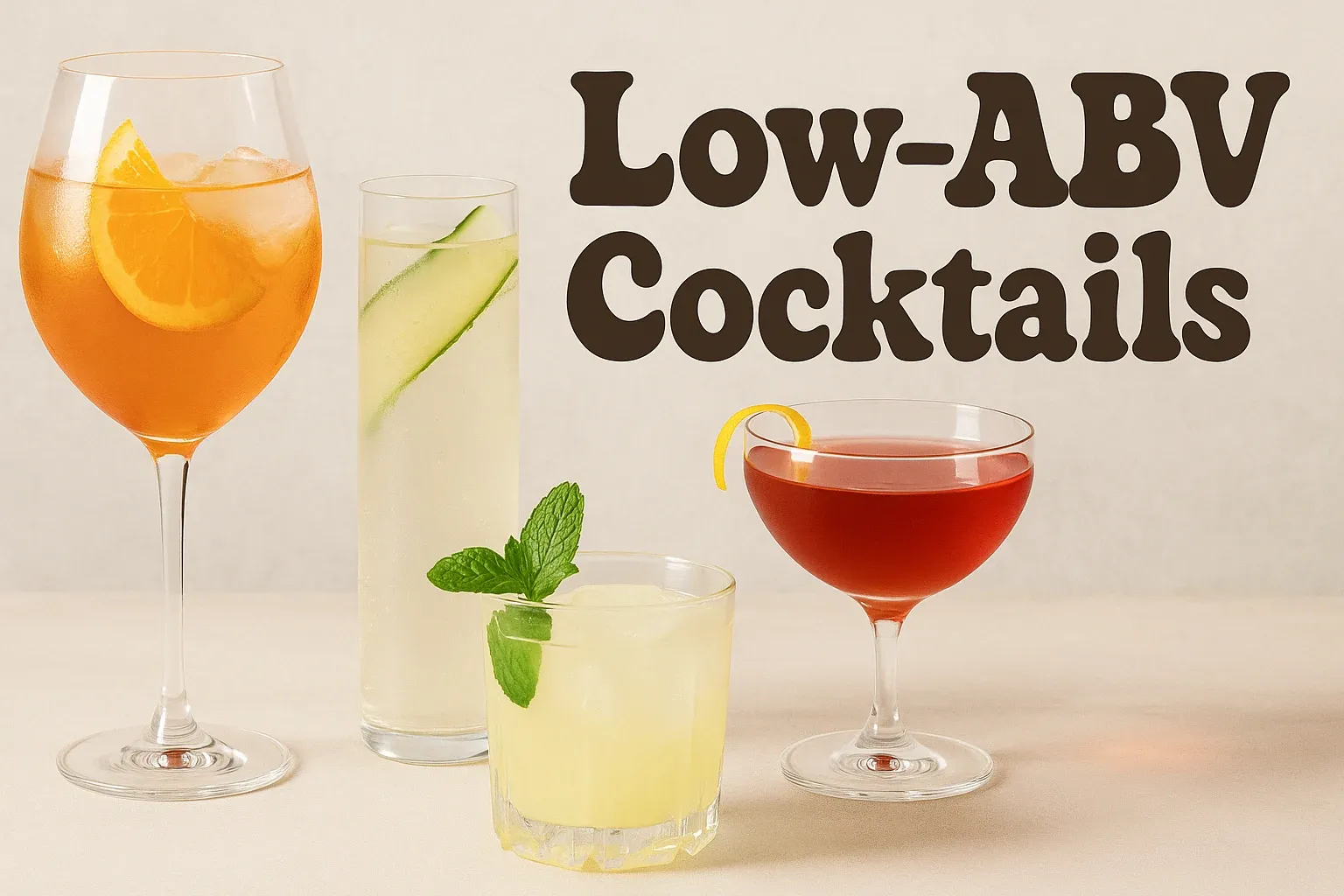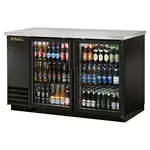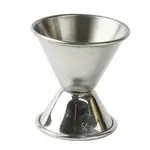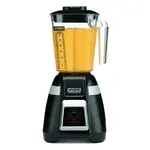
Low-ABV Cocktails: How to Make Drinks with Flavor, Not Just Strength
The world of cocktails is evolving, and one of the most exciting movements behind the bar today is the rise of low ABV cocktails. Guests want drinks that are flavorful, balanced, and memorable — without the heavy punch of high-proof spirits. For bartenders, this opens up opportunities to get creative with ingredients like vermouths, sherries, amaros, and aperitifs while designing menus that appeal to modern tastes.
Crafting low alcohol cocktails is about more than just cutting down on strength. It’s about harnessing complexity, layering textures, and offering guests options they can enjoy throughout the night. Let’s dive into the philosophy, techniques, and recipes behind session cocktails, plus the essential bar equipment that makes service smooth.
Why Low-ABV Cocktails Are Trending
The trend toward wellness, moderation, and mindful drinking has fueled the popularity of low proof cocktails. Diners today want experiences, not just intoxication. A well-made aperitif cocktail before dinner, a refreshing spritz cocktail on a summer patio, or a sherry cocktail with tapas creates moments that fit seamlessly into dining culture.
For bartenders, these drinks are also profitable. Lower-proof spirits often cost less than premium liquors, and incorporating them into menus reduces waste while expanding flavor possibilities. A vermouth cocktail can showcase herbal complexity at a fraction of the price of whiskey or gin, while an amaro cocktail can highlight bittersweet balance with just a splash of citrus or soda.
Key Ingredients for Flavor Without Excess Strength
- Vermouth
Fortified wines like sweet or dry vermouth add herbal, spiced, or floral notes to cocktails. A simple vermouth cocktail with tonic or soda can be just as refreshing as a gin and tonic — but lighter. - Sherry
Sherries bring nutty, saline, or raisin-like complexity. A sherry cocktail like the Rebujito (sherry and lemon-lime soda) is light, refreshing, and perfect for hot weather. - Amaro
Bitter liqueurs like Aperol, Campari, or Montenegro are staples in amaro cocktails. The Aperol Spritz remains one of the most iconic spritz cocktails, offering a bittersweet profile with bubbles. - Fortified Wines & Liqueurs
Port, Lillet, Cocchi Americano, and other fortified wines shine in low ABV cocktails, bringing fruit, spice, and herbal complexity without high proof.
Techniques for Crafting Great Low-ABV Drinks
Making a low alcohol cocktail taste as bold as a full-strength one requires technique. Here’s how to build drinks that guests will keep ordering:
- Play with Acidity: Fresh citrus, shrubs, or verjus add brightness to balance sweetness.
- Layer Bitterness: Bitters and amaros provide backbone and complexity.
- Use Texture: Egg whites, sparkling water, or flavored sodas create body and mouthfeel.
- Highlight Aromatics: Herbs, spices, and tinctures give depth without relying on alcohol.
Understanding how to balance flavor in low ABV cocktails is key. If the drink feels thin, add a sparkling component for effervescence, or layer flavors with multiple fortified wines for richness.
The Role of Bar Equipment in Low-ABV Cocktails
Crafting memorable session cocktails requires not just the right ingredients but also the right tools. While the basics — shakers, strainers, and mixing glasses — remain essential, bartenders working with low-proof spirits benefit from specialized equipment:
- Carbonation Systems: Perfect for house-made sodas and spritz bases. They let you create signature spritz cocktails beyond Aperol.
- Fine Strainers: Necessary for delicate drinks with vermouth or sherry, ensuring clarity and a refined presentation.
- Measuring Jiggers: Precision is critical when working with lower-proof ingredients to avoid unbalanced results.
- Infusion Jars & Smoking Guns: Useful for adding complexity to low proof cocktails without adding alcohol — think smoked vermouth or citrus infusions.
- High-Quality Ice Tools: Since dilution is a big part of cocktail recipes with low alcohol, crystal-clear cubes and spheres elevate both aesthetics and texture.
Investing in the right bar equipment helps bartenders deliver consistent, high-quality drinks that impress guests and streamline service.
Easy Low-ABV Cocktail Recipes
Here are three easy low ABV cocktails bartenders can add to their repertoire:
1. Classic Spritz
- 2 oz Aperol (or another amaro)
- 3 oz Prosecco
- 1 oz soda water
- Garnish: Orange slice
The ultimate spritz cocktail, balancing bitter, sweet, and sparkling refreshment.
2. Sherry Cobbler
- 3 oz Amontillado sherry
- ½ oz simple syrup
- Orange and seasonal berries, muddled
- Crushed ice
This sherry cocktail is a bartender’s dream — refreshing, flavorful, and endlessly adaptable.
3. Vermouth Highball
- 2 oz sweet vermouth
- 4 oz soda water
- Dash of bitters
- Garnish: Lemon twist
A simple vermouth cocktail that proves elegance doesn’t need high proof.
Long-Term Menu Success with Low-ABV Drinks
Adding best low ABV cocktails to your menu isn’t just a passing fad. These drinks encourage repeat sales, align with health-conscious guests, and add depth to your bar program. Plus, they allow bartenders to flex creativity without being restricted to just gin, vodka, or whiskey bases.
From low alcohol cocktails that taste strong to easy low alcohol cocktail recipes at home, bartenders who master this trend position themselves as leaders in flavor innovation. And when combined with smart use of bar equipment, the result is a cocktail menu that feels fresh, profitable, and forward-thinking.
Conclusion
The rise of low ABV cocktails proves that strength isn’t everything. With vermouths, sherries, amaros, and spritzes leading the way, bartenders have a chance to explore a new palette of flavors while giving guests options they can enjoy all night.
By mastering low proof cocktails bartenders recommend, investing in the right bar equipment, and focusing on balance and creativity, you can craft drinks that have all the character of classic cocktails — just with a lighter touch.
Sometimes, less really is more.





